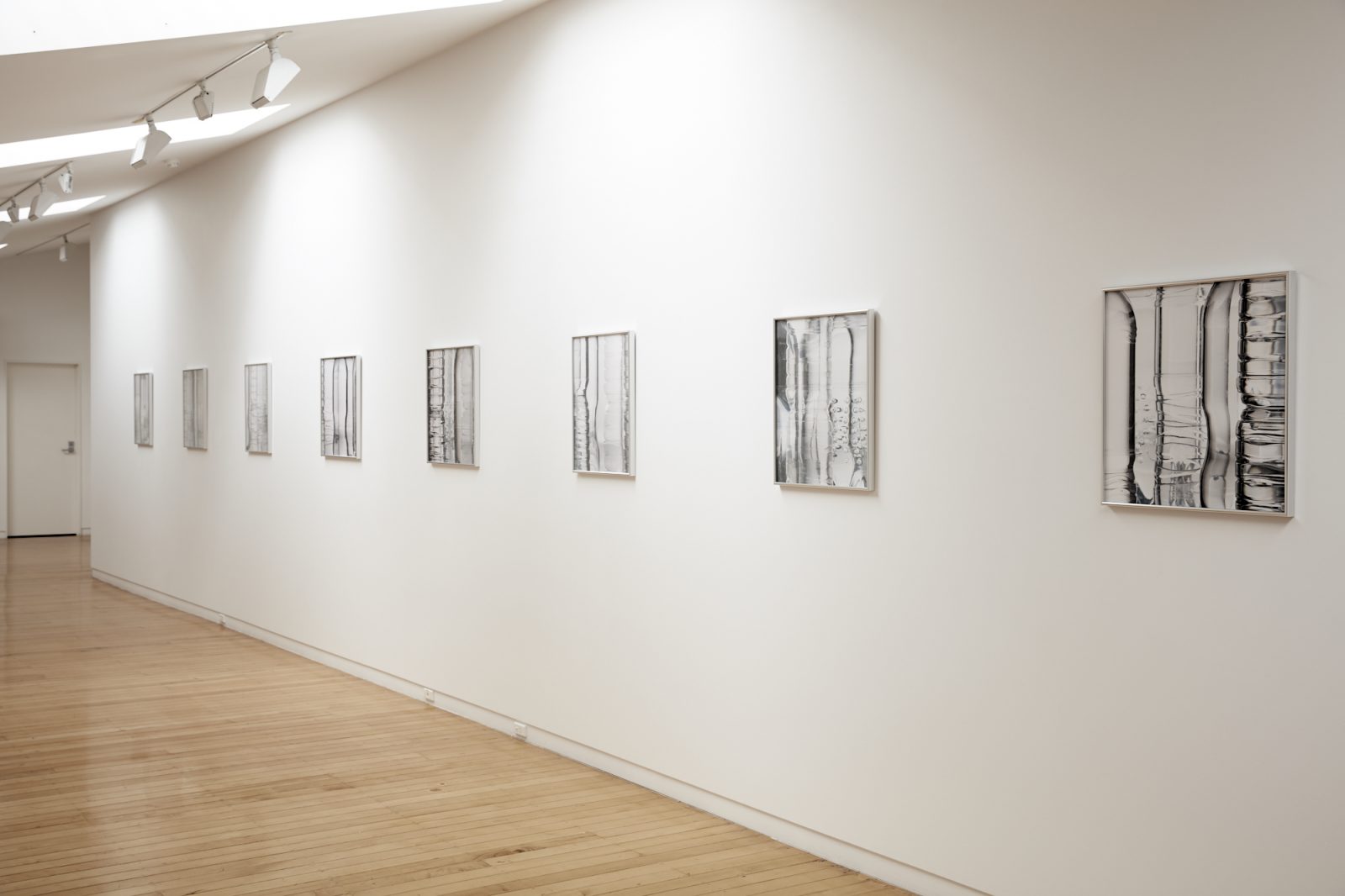Shaun Waugh
A Second Look
17 August - 15 September 2018
A Second Look invites the viewer to reconsider the histories, technologies and conventions of photography as the means through which phenomena are made visible and presented for spectatorship. Waugh’s image constructions weave recent advances in camera technologies, digital artefacts and the algorithms involved in contemporary post-production with everyday interpretive processes of visual encounter.
In the Still Life series the viewer encounters semitransparent objects – with their scratched and undulating surfaces of injection-moulded ribs and bubbles – as well as reflected and refracted light captured by the lens. This dynamic evokes a sense that we are not simply encountering objects but coming into an awareness of the workings of optics itself. We are looking at looking.
Although difficult to discern, these images also contain digital artefacts. Normally considered errors, Waugh allows these artefacts to remain: as traces of the process of making in digital space, and as markers of the ways in which evolving technologies impact the aesthetic construction of images – central to photography since its inception. The layering of these images of transparent forms work to confuse figure–ground relationships, creating a dynamic push and pull within the work. The photographs’ faint blue-green casts the occasional rainbow fringe, imbuing them with an ethereal feeling which is echoed in the reflective properties of their chromed silver frames.
In Lens Array 1 and Lens Array 2 the image compositioning occurs in an entirely different way. In these works we can perceive fragments of an enigmatic object, yet must synthesise what appears to be a multitude of perspectives in order to attempt a reconstruction of it. Here we encounter a kind of contemporary photographic cubism: an object viewed from multiple perspectives which retains an elusive quality experienced more as a sensation than as recognition of a discernible thing.
Although his images critically engage the still life and landscape genres, Waugh also turns the lens reflectively back on photography itself. This is photography as a dynamic mix of raw data, the everyday and the stuff of spectacle.
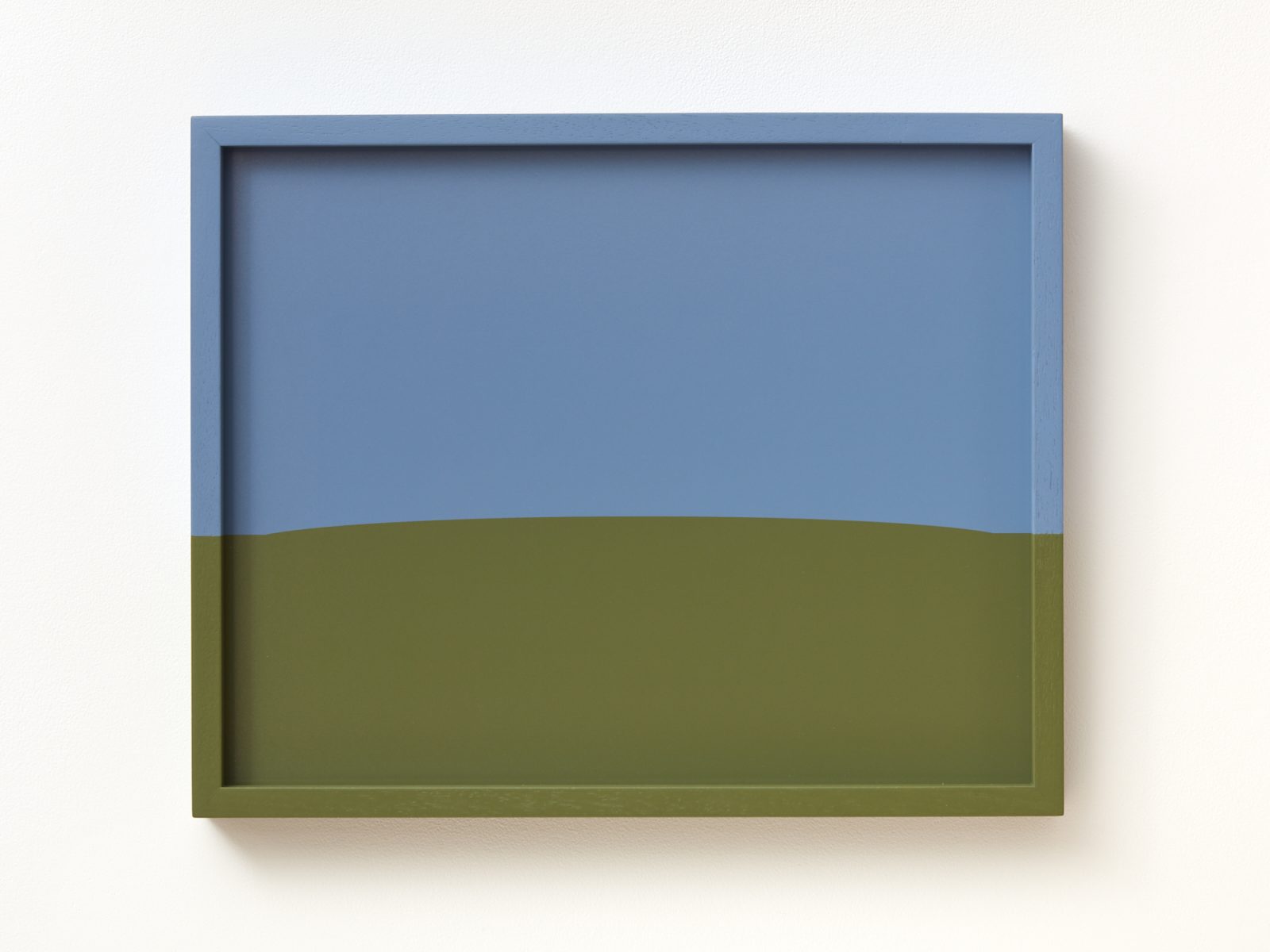
archival pigment print, custom painted frame
390 x 485 x 45 mm
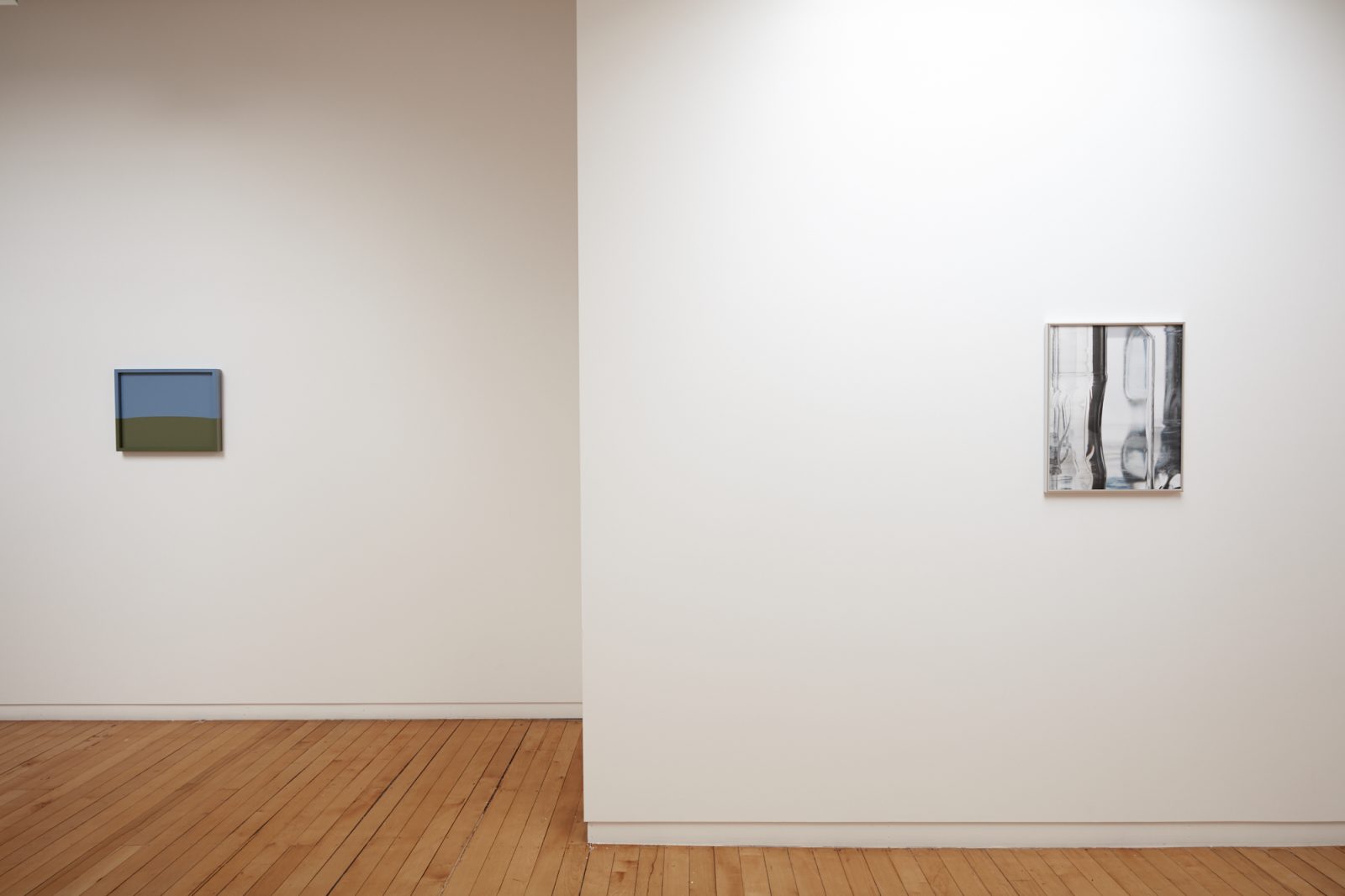
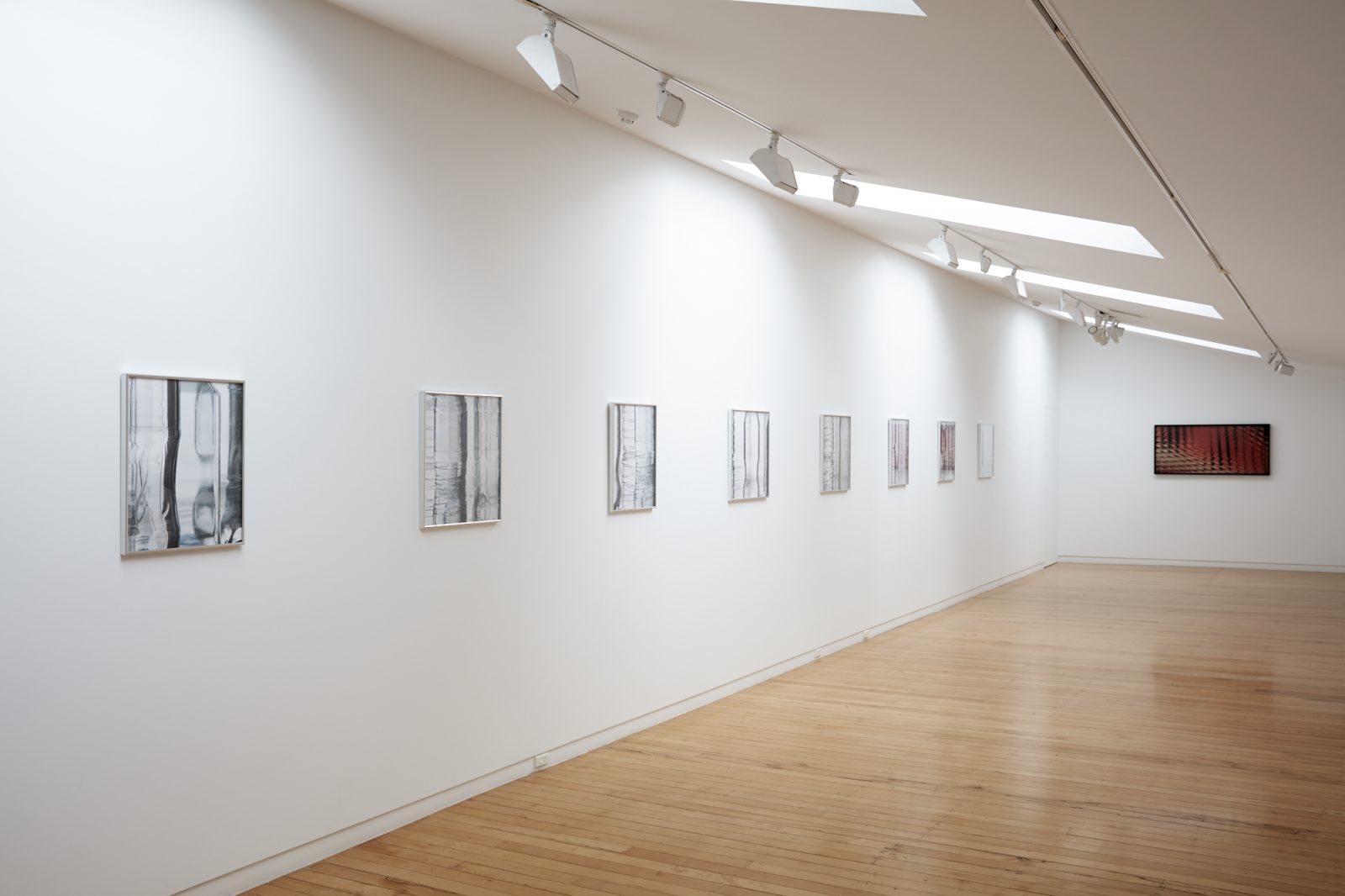
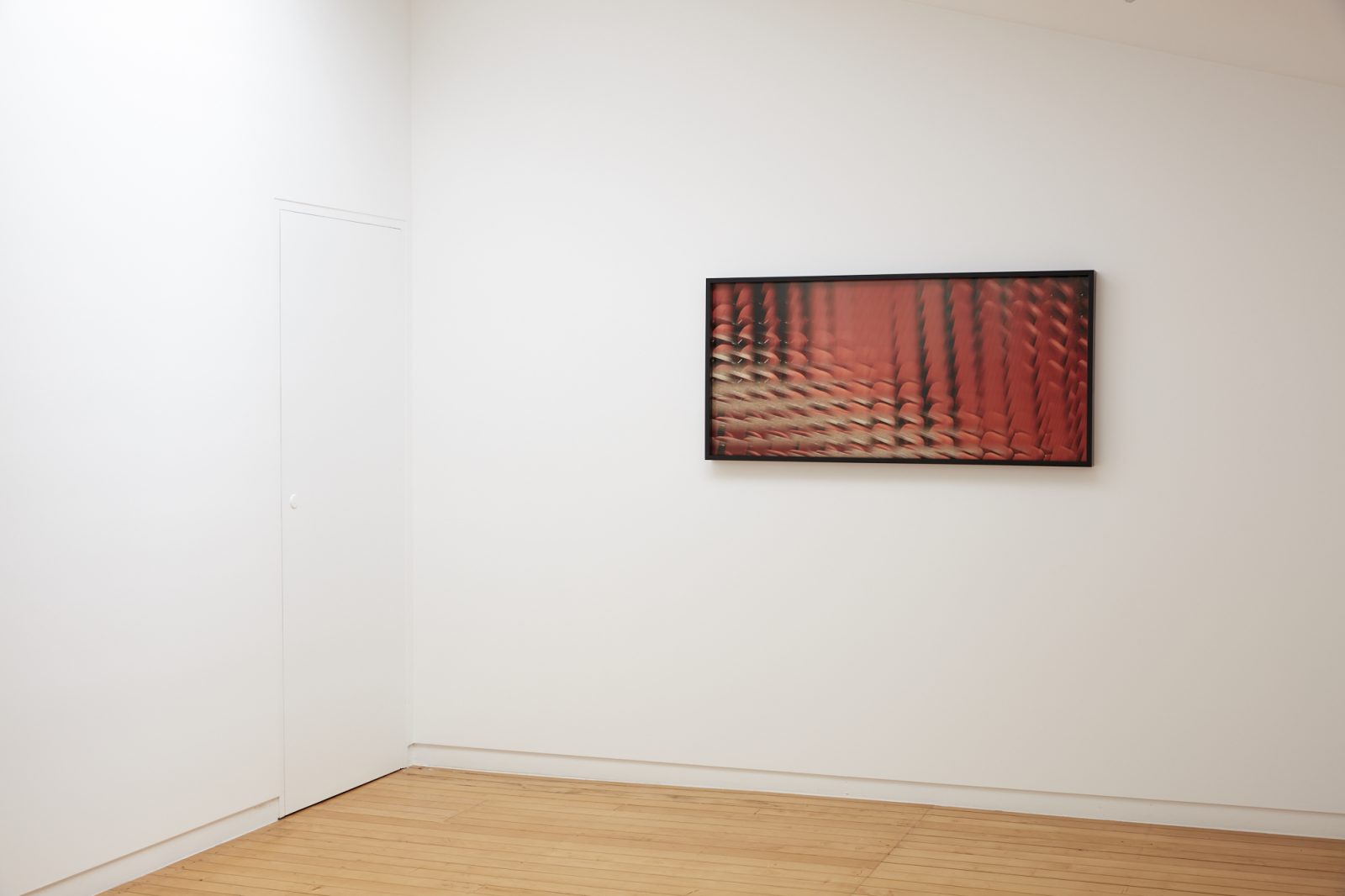
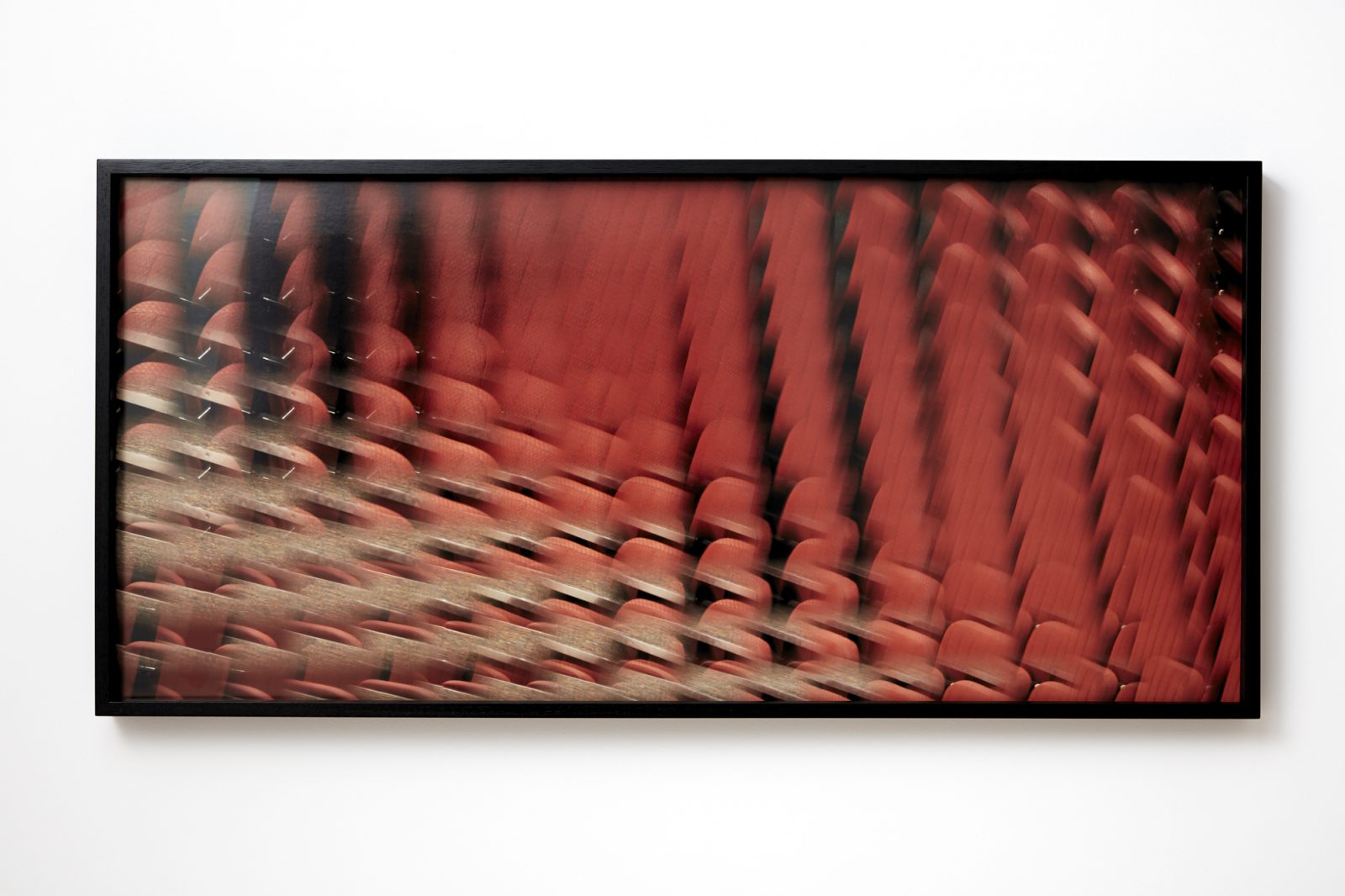
Archival pigment print, custom frame
620 x 1295 x 60 mm
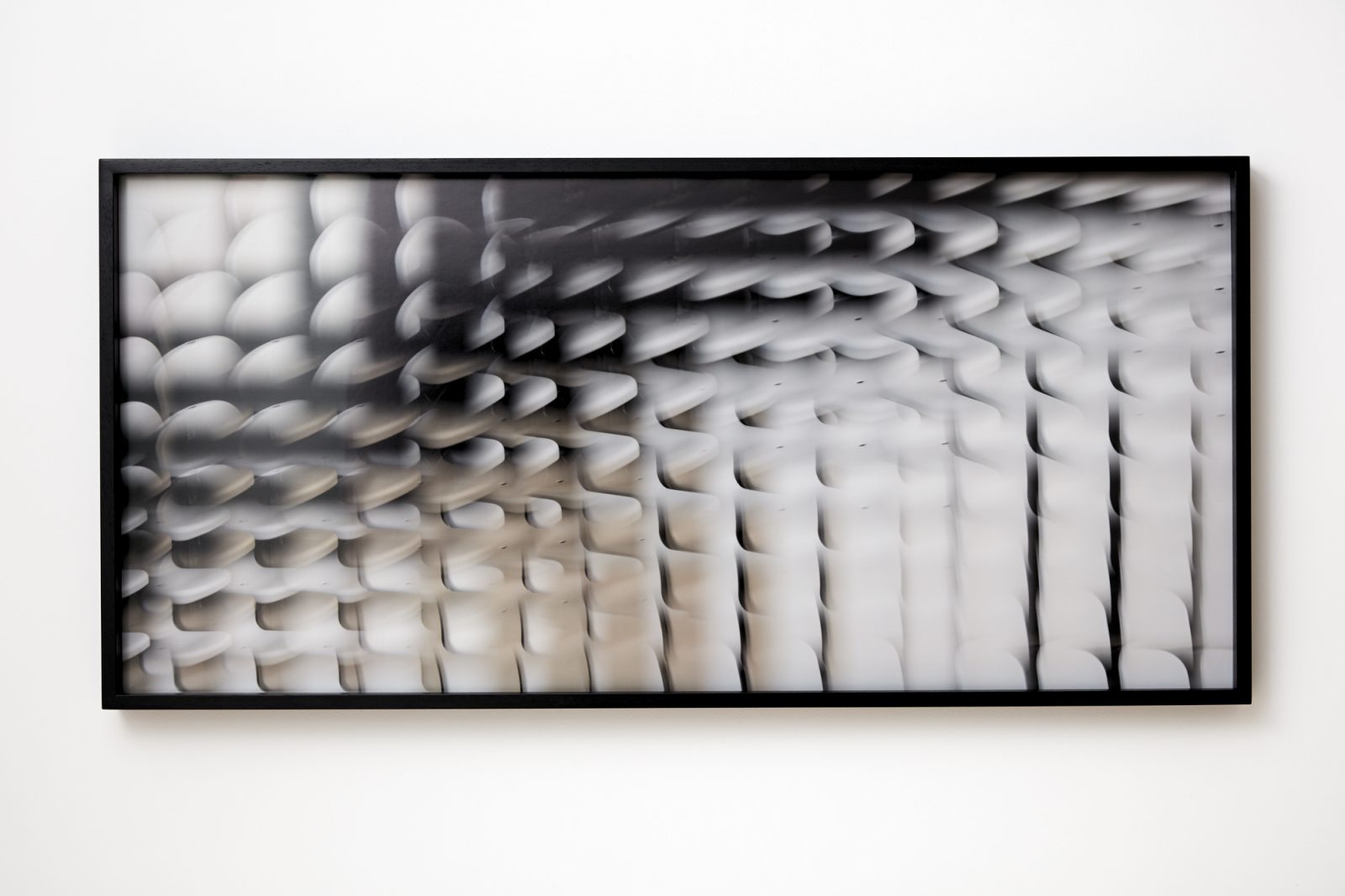
archival pigment print, custom frame
620 x 1295 x 60 mm
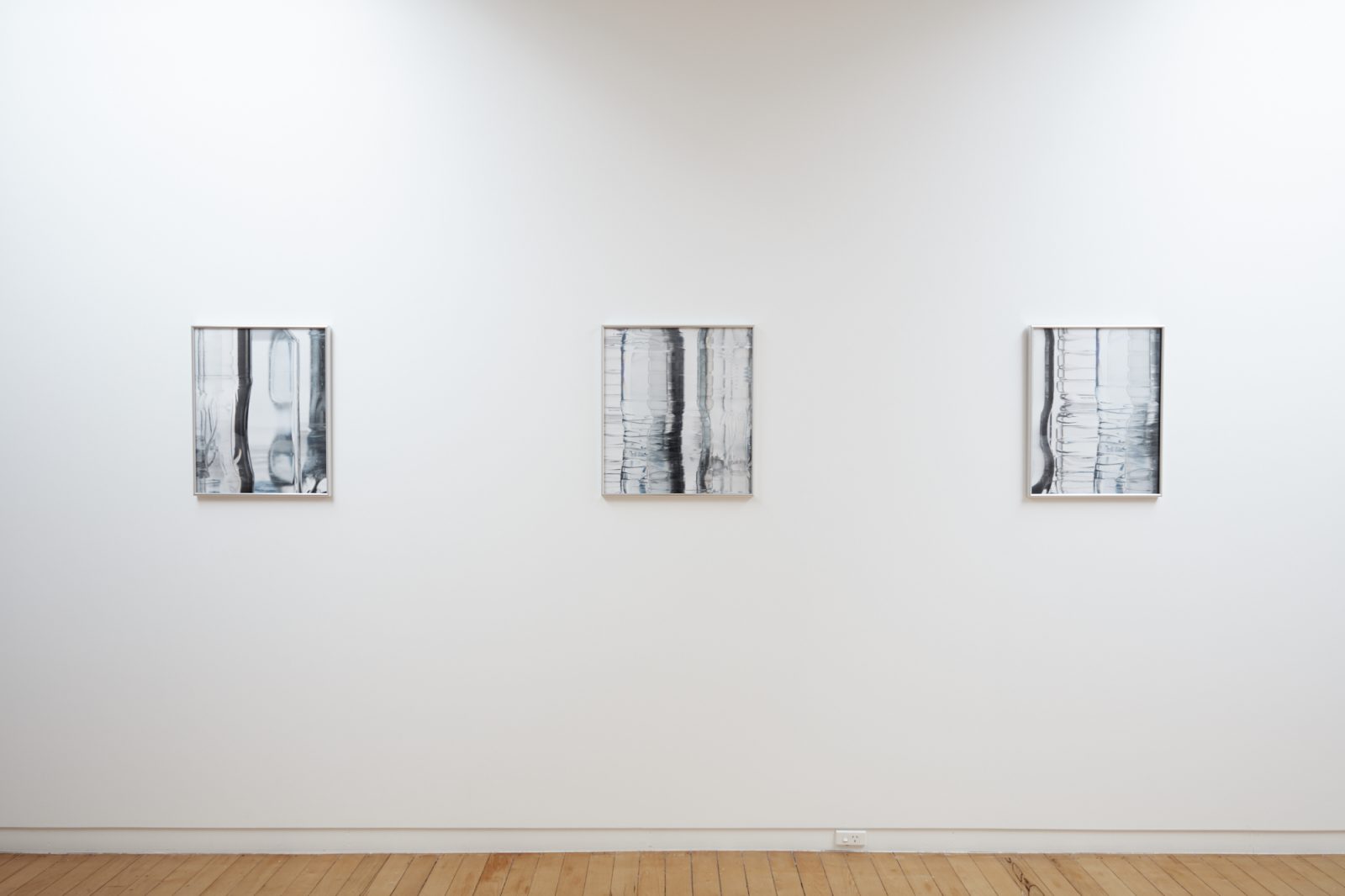
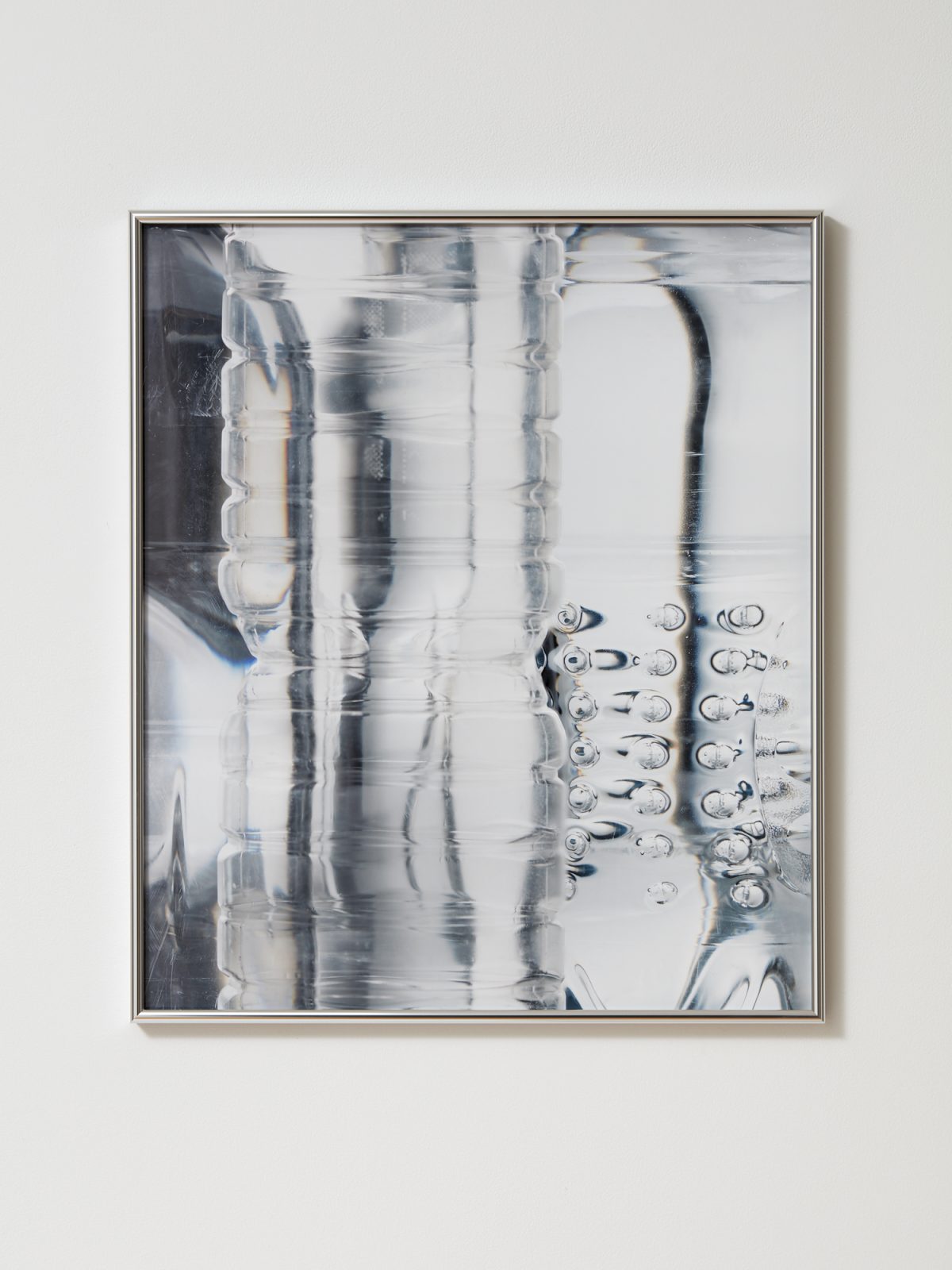
archival pigment print, custom frame
555 x 475 x 25 mm
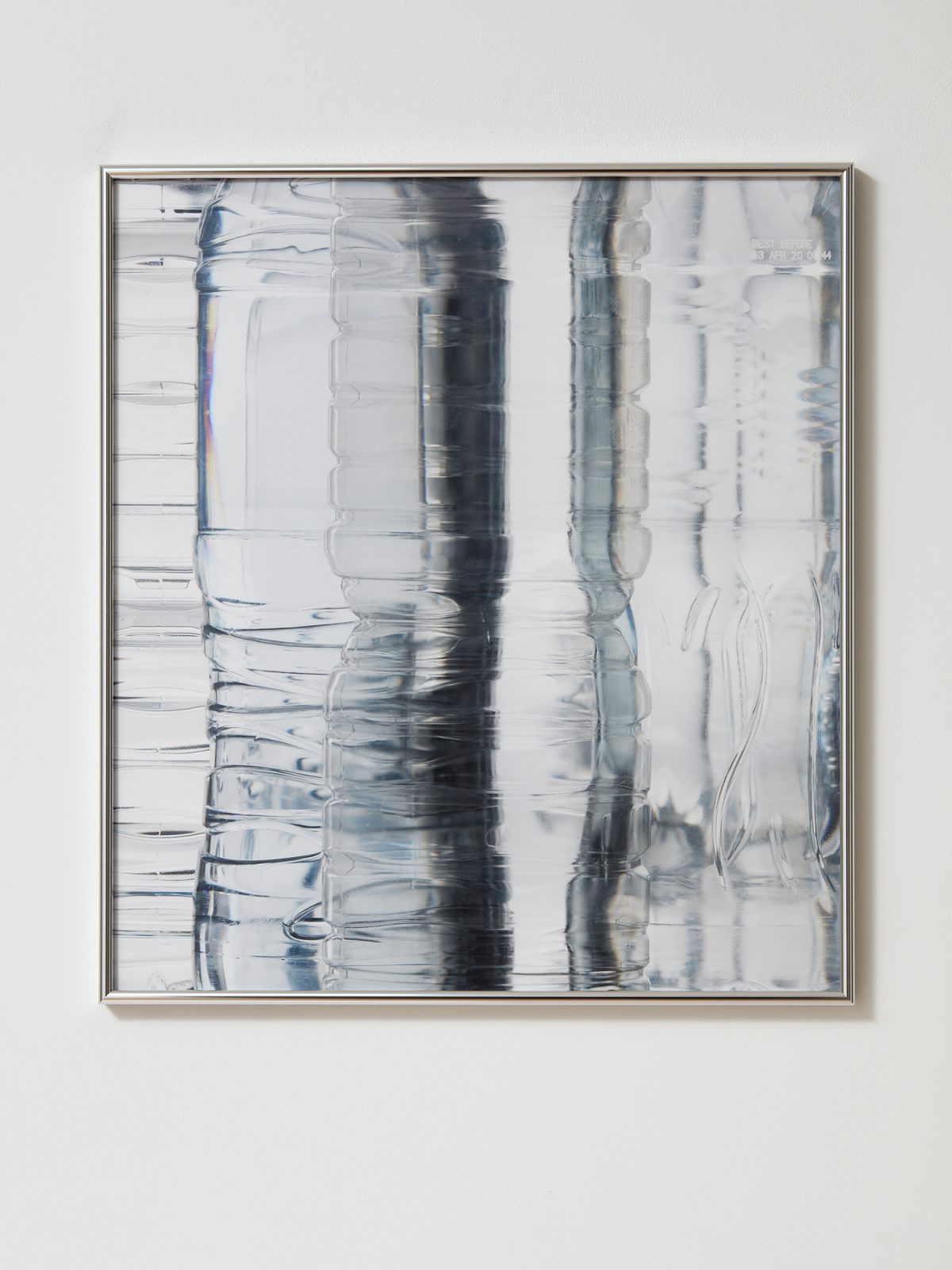
archival pigment print, custom frame
555 x 475 x 25 mm
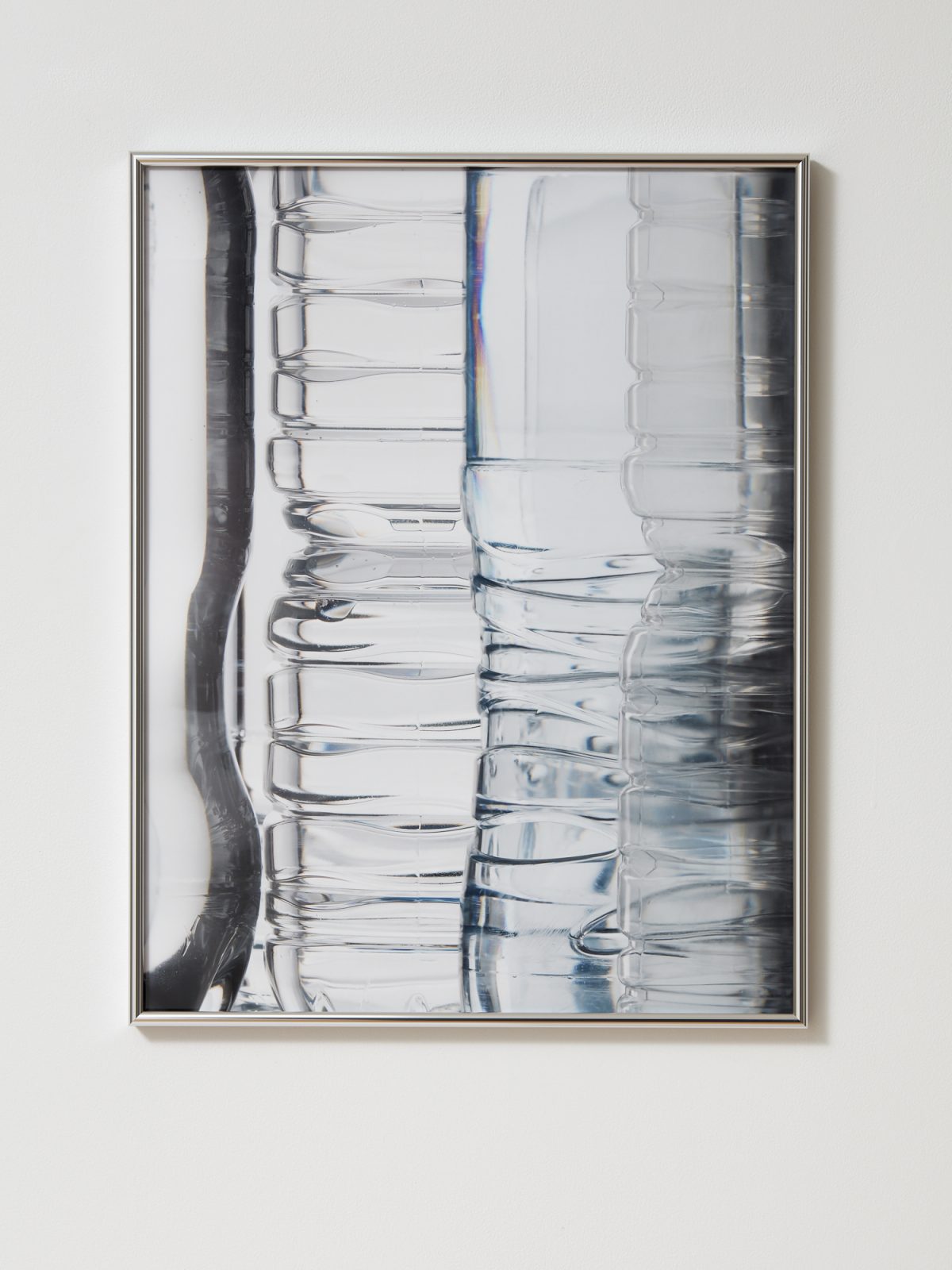
archival pigment print, custom frame
555 x 475 x 25 mm
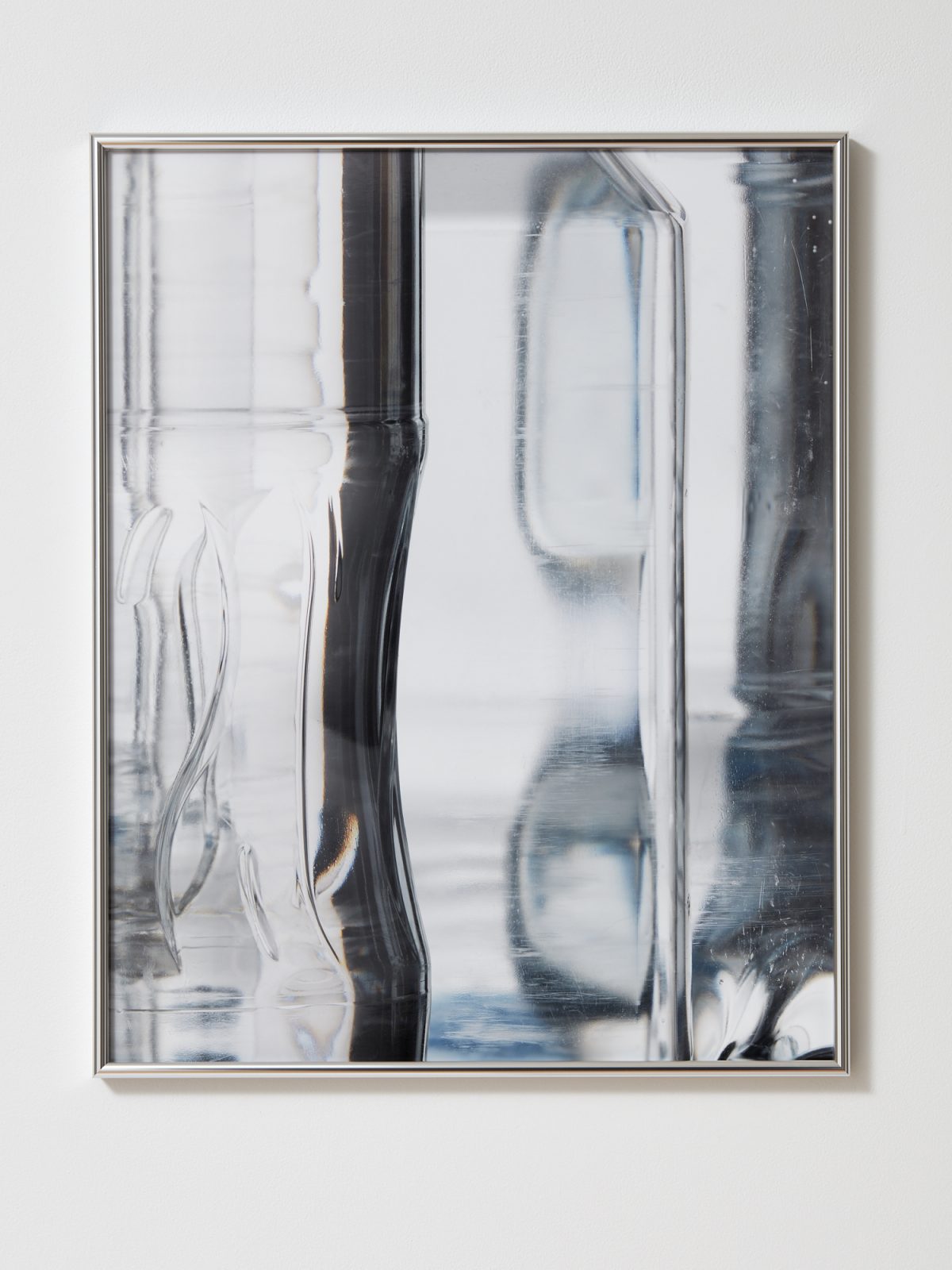
Archival pigment print, custom frame
555 x 475 x 25 mm
Edition of 3
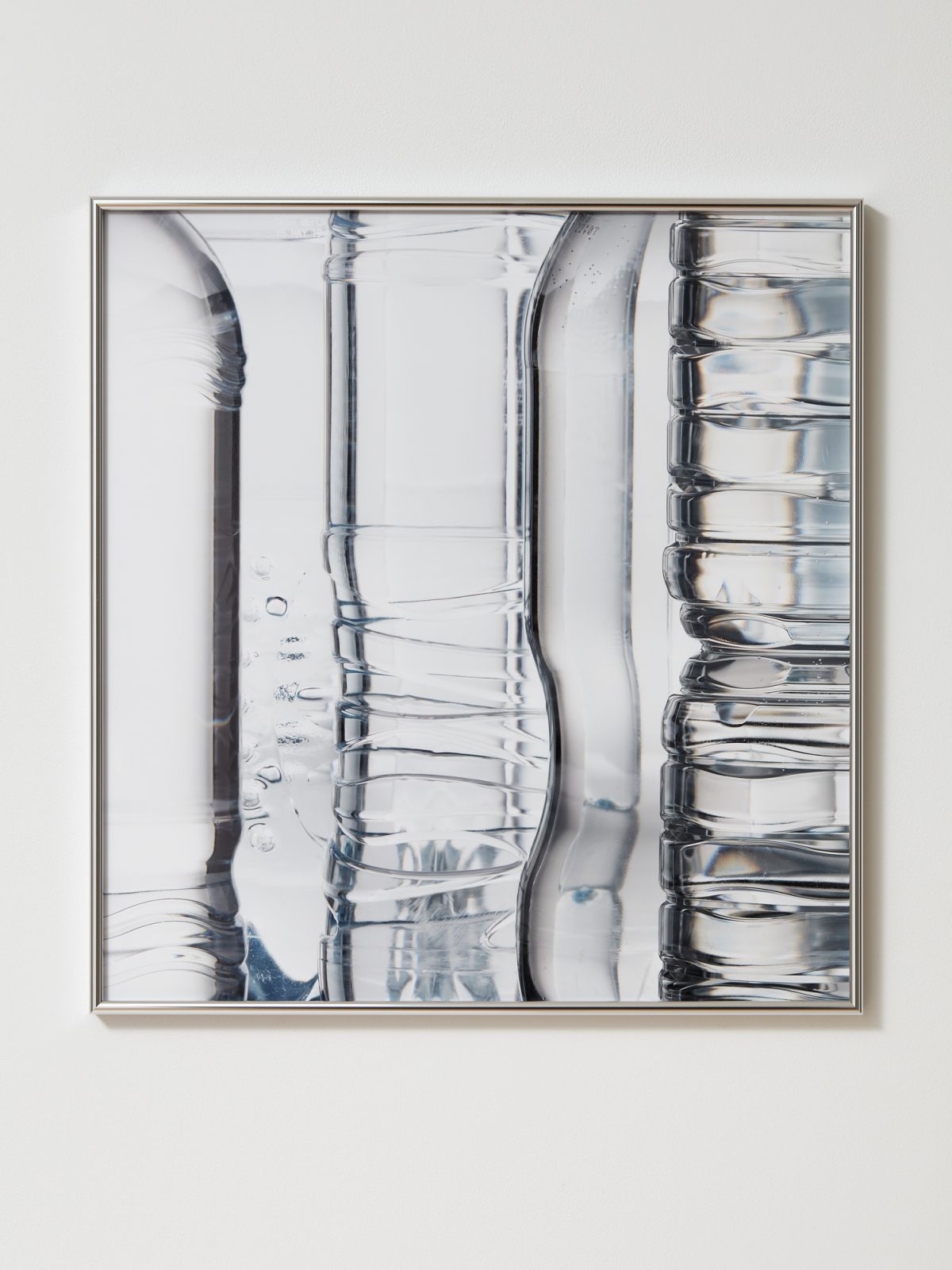
archival pigment print, custom frame
555 x 475 x 25 mm
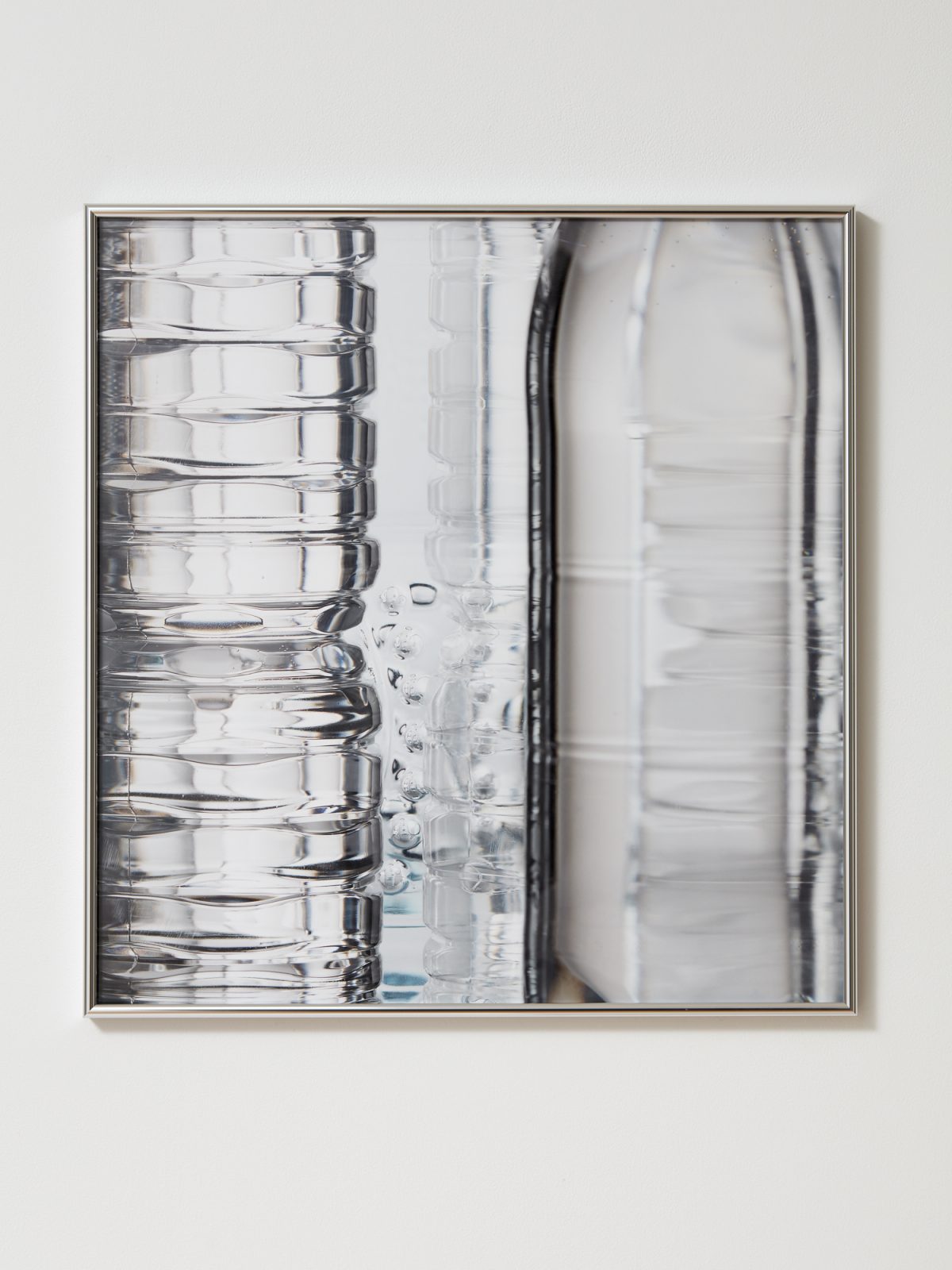
Archival pigment print, custom frame
555 x 475 x 25 mm
Edition of 3
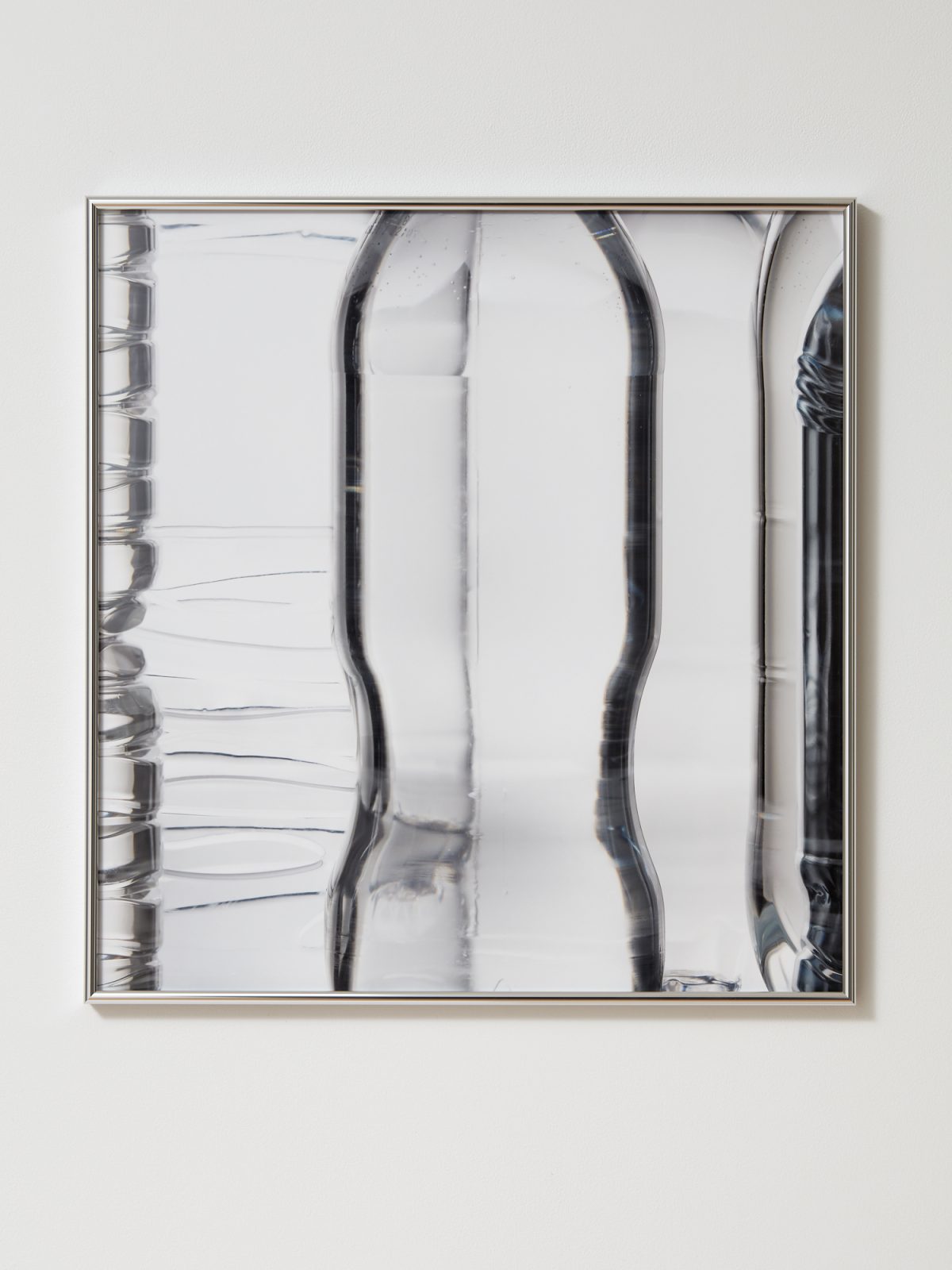
archival pigment print, custom frame
555 x 475 x 25 mm
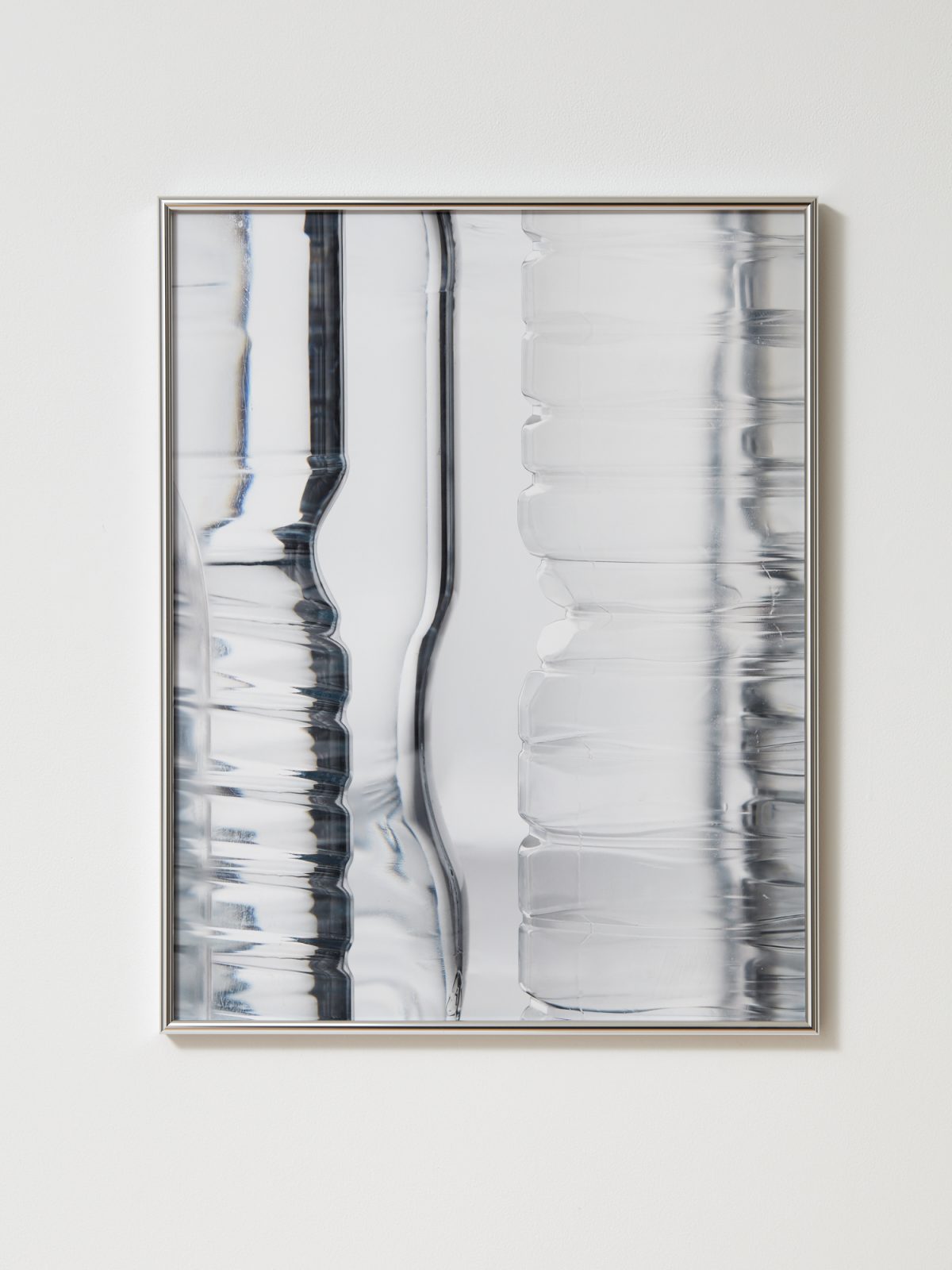
archival pigment print, custom frame
555 x 475 x 25 mm
